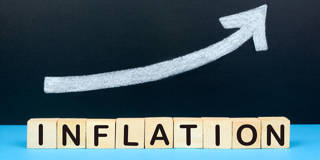Following an increase in consumer prices during the first quarter of the year, commentators who were already wringing their hands about inflation have now doubled down on their position. But the economic arguments used to justify such fears simply do not stand up to scrutiny.
AUSTIN – In a recent commentary for The Washington Post, former US Secretary of the Treasury Lawrence H. Summers stated that “the consumer price index rose at a 7.5 percent annual rate” in the first quarter of 2021. I could not reproduce this number from the Bureau of Labor Statistics CPI-U website, which reports a year-on-year increase (April 2020-April 2021) of 4.2%, driven largely by a sharp 49.6% rebound in gasoline prices from their pandemic crash. When food and energy prices are excluded, the inflation rate over the past year comes to just 3%.

AUSTIN – In a recent commentary for The Washington Post, former US Secretary of the Treasury Lawrence H. Summers stated that “the consumer price index rose at a 7.5 percent annual rate” in the first quarter of 2021. I could not reproduce this number from the Bureau of Labor Statistics CPI-U website, which reports a year-on-year increase (April 2020-April 2021) of 4.2%, driven largely by a sharp 49.6% rebound in gasoline prices from their pandemic crash. When food and energy prices are excluded, the inflation rate over the past year comes to just 3%.